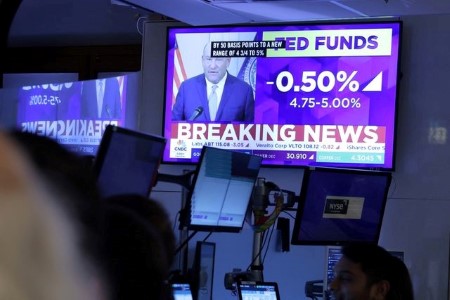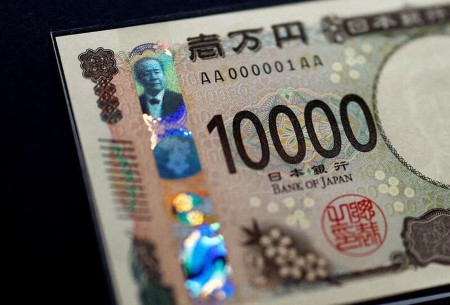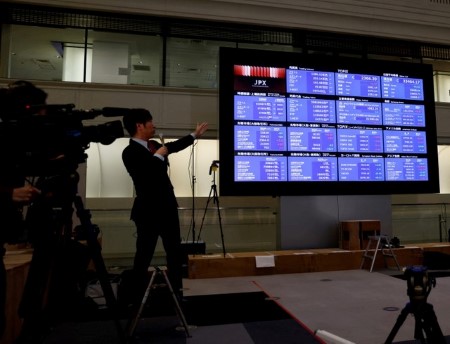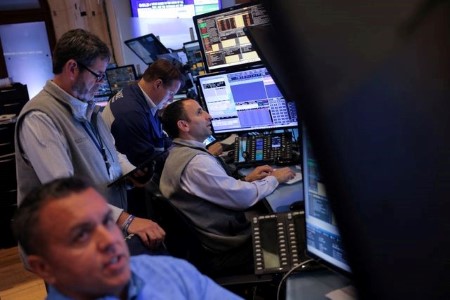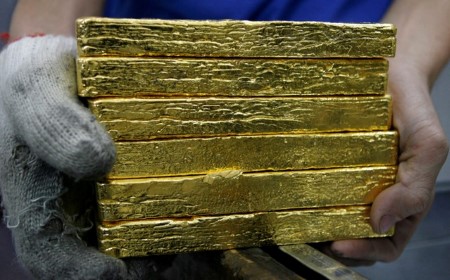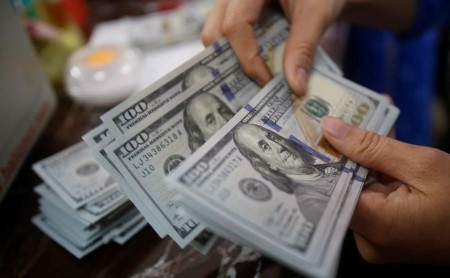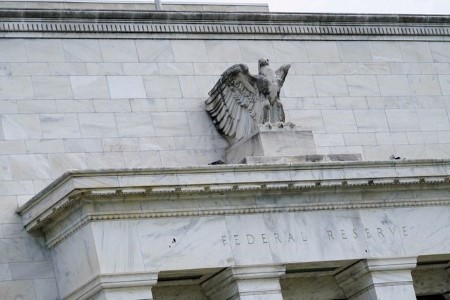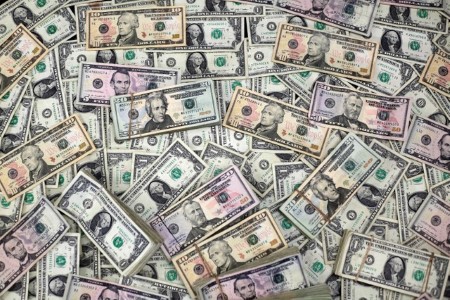The adrenaline from the Federal Reserve’s bold interest rate cut and signal of intent to keep easing still appears to be coursing through global financial markets, which should see risk assets in Asia start the week on a strong footing on Monday.
Nikkei futures are pointing to a rise of more than 1% at the open in Japan, with Japanese shares also getting a boost from the yen’s slide last week. The rise in longer-dated US Treasury yields, however, could temper some of the optimism.
Friday’s monetary policy decisions from Japan and China may also reverberate around Asian markets on Monday, and on that score, the picture is more mixed.
As was widely expected, the Bank of Japan decided not to raise rates, but it signaled it is in no hurry to raise them again. This helped push the yen to its weakest daily close since September 4, which in turn helped lift Japanese stocks.
The People’s Bank of China also left rates on hold but this was more of a surprise. Domestically, China’s weak economic and inflation dynamics appear to be screaming out for lower rates, and internationally, the Fed’s outsized rate cut of 50 basis points gave the PBOC cover to move.
But it didn’t, despite the mounting evidence that it perhaps should have. The latest figures to reflect investors’ gloomy view of China were foreign direct investment flows on Friday – in the first eight months of the year they were down 31.5% on the same period last year, the biggest fall since January 2009.
The yuan is its strongest in 16 months though, thanks to the central bank’s reluctance to cut rates and rising expectations that authorities will soon unveil stimulus that will revive growth, asset prices and confidence.
The yen, meanwhile, starts the week on a soft footing after a roller-coaster ride last week. It rallied through 140.00 per dollar for the first time in over a year but closed near 144.00 per dollar for a weekly loss of 2%, its worst week since April.
Japan’s top currency diplomat Atsushi Mimura said yen carry trades of the past are likely to have been mostly unwound, but Tokyo is watching for any rebuild that could heighten market volatility, public broadcaster NHK quoted him as saying.
US futures market positioning data shows speculators growing more optimistic on the yen for an 11th straight week, increasing their net long positions to an eight-year high.
The Asia and Pacific calendar on Monday is reasonably busy, with inflation figures from Malaysia and Singapore, flash September purchasing managers index (PMI) data from Australia and India, and New Zealand trade figures the highlights.
The Reserve Bank of Australia begins its two-day policy meeting too.
Here are key developments that could provide more direction to Asian markets on Monday:
– Australia flash PMIs (September)
– India flash PMIs (September)
– Malaysia inflation (August)
(Reporting by Jamie McGeever; Editing by Diane Craft)







 DOWNLOAD
DOWNLOAD





